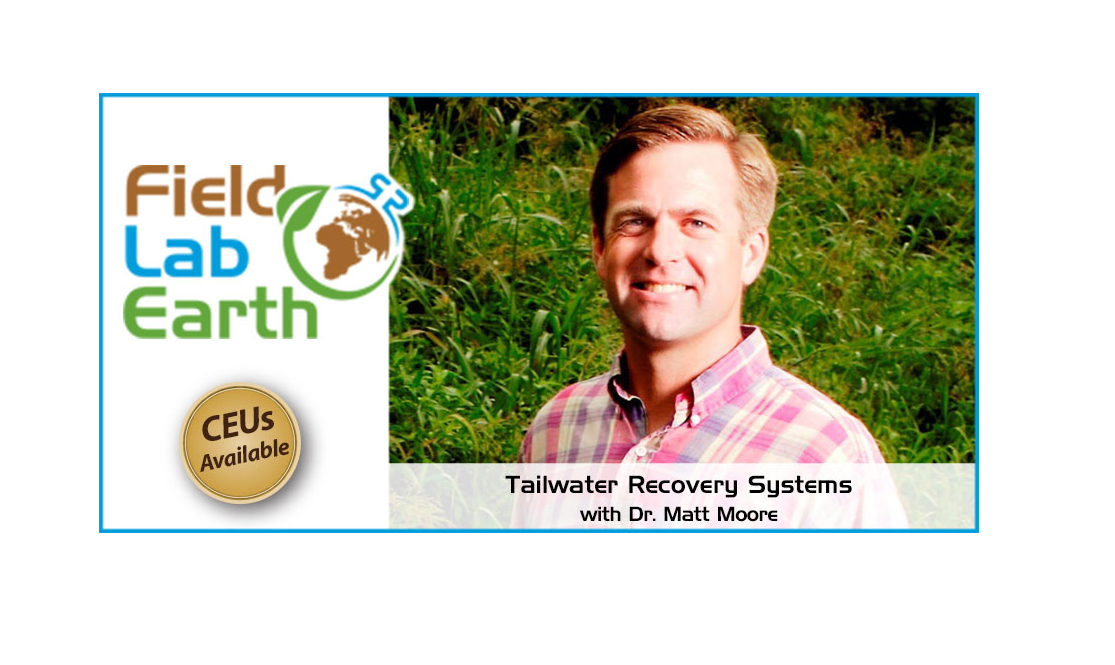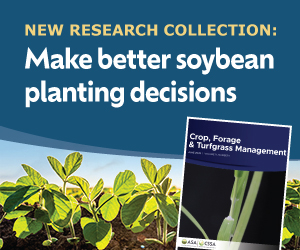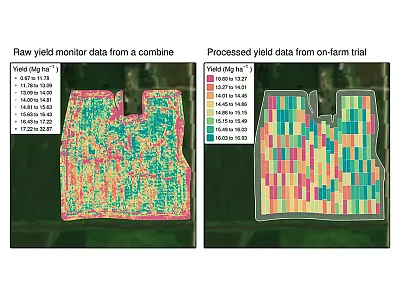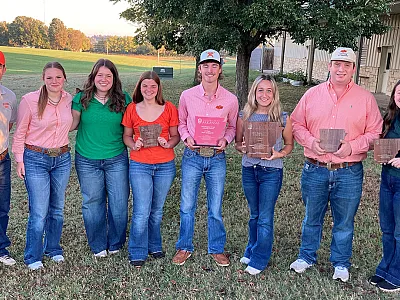Pesticide Potential in Tailwater Recovery Systems

Agriculture requires a lot of water, leading to a water quantity problem, and agricultural runoff can cause environmental issues, leading to a water quality problem. One potential solution? Tailwater recovery systems. These systems collect and recycle water from rain and runoff, so it can be used for irrigation on farmer fields. When the water is re-used, however, it is important that excess pesticides don’t harm the watered crops. In this episode, Dr. Matt Moore discusses his work studying potential pesticide contamination in tailwater recovery systems.
Listen to the podcast by visiting https://fieldlabearth.libsyn.com or via your podcast platform of choice. Earn 0.5 CEUs in Soil & Water Management by taking the quiz at https://bit.ly/3QEIHW5.
- The purpose of a tailwater recovery system is to capture rain and runoff from a farm and then move that water back onto the field.
- True.
- False.
- Which of the following was not listed on the show as potential component in a tailwater recovery system?
- On-farm pond or reservoir storage.
- Pump system.
- Tailwater ditch.
- Woodchip bioreactor.
- One of the greatest difficulties the team had in implementing these systems was:
- Flat landscapes.
- Livestock-related runoff.
- Difficult digging conditions for placing pipe.
- Low rainfall to fill system.
- Which of the following pesticides was found in all seasonal samples?
- Atrazine.
- DDT.
- Propanil.
- All of the above.
- While some concentrations in some seasons could affect non-target organisms, none of the toxicity concentrations measured were above EPA requirements for general water quality.
- True.
- False.
Text © . The authors. CC BY-NC-ND 4.0. Except where otherwise noted, images are subject to copyright. Any reuse without express permission from the copyright owner is prohibited.










